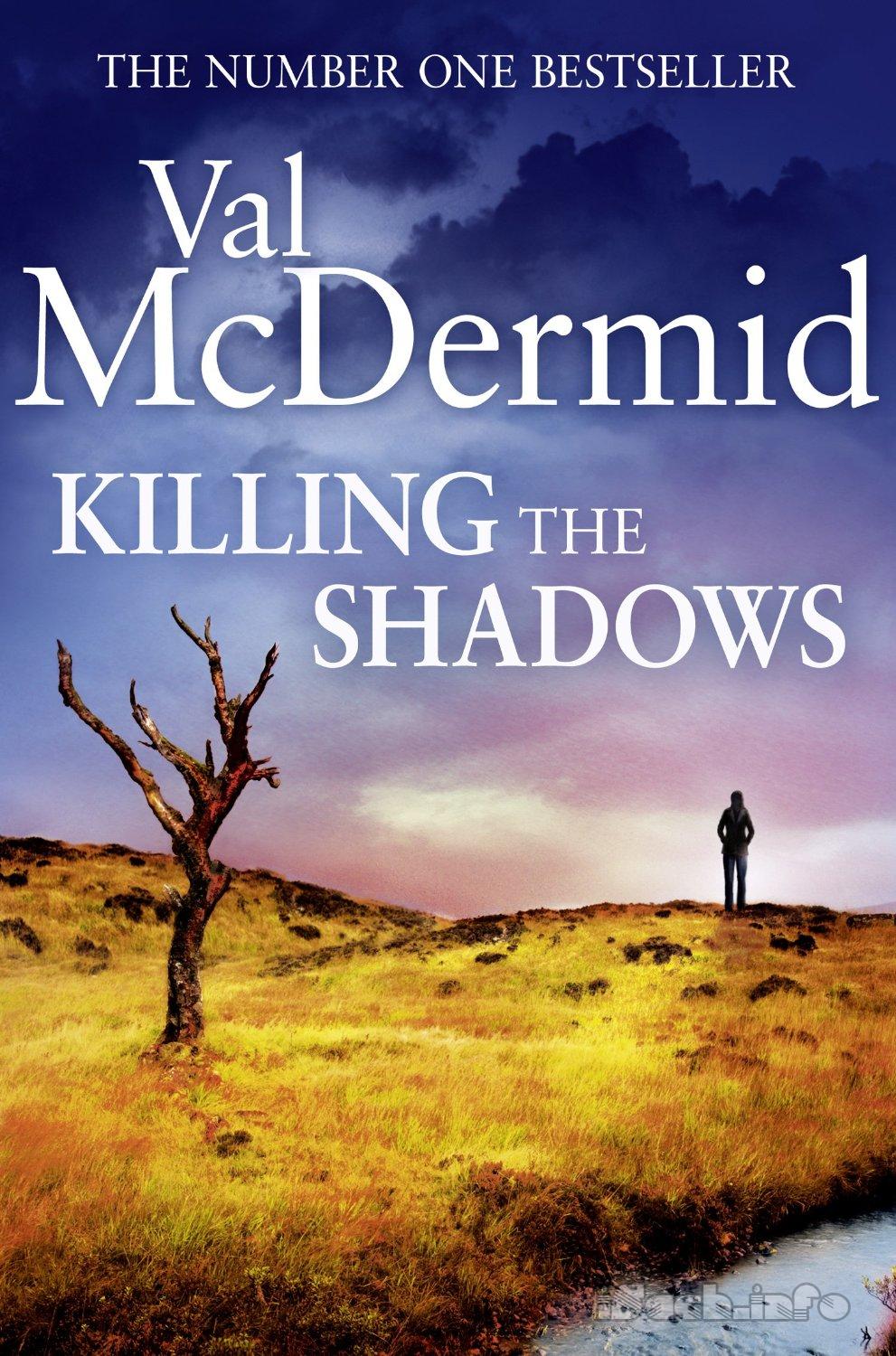Chapter 3
T
he medieval stronghold of Toledo was built on a rocky outcropping almost completely enclosed by an ox-bow gorge in the River Tagus. The deep river and the steep cliffs provided natural de fences for most of the city, leaving only a narrow neck of land to fortify against the enemy. Now a scenic road ran round the far bank of the Tagus, providing panoramic views of a tumble of buildings the colour of honey in the sun, descending precipitously from the ornate cathedral and the severe lines of the Alcazar. This much Fiona remembered from a hot dusty day thirteen years before when she'd explored the city with three friends.They'd been celebrating the completion of their doctorates by touring Spain in a battered Volkswagen camper, ticking off the major sights and cities as they went. Toledo had meant El Greco, Fernando and Isabella, shop windows filled with armour and swords, and a particularly delicious way of serving quail, she recalled. If anyone had suggested to that young academic psychologist that she'd be returning one day as a consultant to the Spanish police, she'd have wondered what hallucinogenics they'd been on.
The first body had been found in a deep wooded gorge running down to the River Tagus about a mile from the city gates. According to local custom, the gorge boasted the revolting name of La Degollada the woman with her throat slit, according to Fiona's Spanish dictionary. The original corpse in La Degollada was said to have been a gypsy woman who seduced one of the guard, allowing a sneak attack to take place on the city. Her punishment for losing her head over a soldier was literally to lose her head. Her throat was cut so severely that she was virtually decapitated. Fiona noted with weary lack of surprise that Major Berrocal's brief did not record the fate of the soldier.
The contemporary victim was a twenty-five-year-old German citizen, Martina Albrecht. Martina worked as a freelance tour guide, leading organized German-speaking parties round Toledo. According to friends and neighbours, she had a married lover, a junior officer in the Spanish Army who was attached to the Ministry of Defence in Madrid. He had been at an official dinner in the capital forty-odd miles away on the night of the murder. They were still drinking coffee and brandy at the time Martina's body had been discovered, so there was no question of him coming under suspicion. Besides, Martina's friends reported that she was perfectly happy with the part-time nature of their relationship and had said nothing to indicate there were any problems between them.
The body had been found just before midnight by a teenage courting couple who had parked their motorbike by the road and climbed down into the gorge to escape from prying eyes. There was also no question of any suspicion attaching to them, although the girl's father had reportedly accused the boyfriend of being perfectly capable of murder on the grounds that he was planning to debauch an innocent young girl.
According to the crime-scene reports, Martina had been sprawled on her back in the moonlight, arms thrown wide, legs spread. The pathologist revealed that her throat had been cut from left to right, probably from behind, by a long and very sharp blade, possibly a bayonet. It was hard to be precise, however, and since Toledo is famous for its steel, the purchase of razor-edged knives was an everyday occurrence in each of the dozens of tourist shops that lined the main streets. Death had been swift, blood pumping forwards from the severed carotid arteries in a pair of gushing fountains. Her clothing was drenched in blood, indicating that she had been standing rather than lying when the wound had been inflicted.
Further examination revealed that a broken wine bottle had been thrust repeatedly into her vagina, shredding the tissue. The relative absence of blood at the site indicated that Martina had been mercifully dead by then. The bottle had once contained a cheap Manchegan red wine, available in almost any local shop. The only other item of interest at the scene was a bloodstained guide to Toledo in German. Martina's name, address and phone number were scribbled on the inside cover in her own handwriting.
There were no significant forensic traces, nor any indication of how Martina had been brought to La Degollada. It was not a difficult place to access; the panoramic route round the Tagus actually crossed the gorge, and there were plenty of places nearby where a car could be tucked off the road. According to the woman with whom she shared an apartment near the station, Martina had come in from work around seven. They'd eaten a snack of bread, cheese and salad together, then the flat mate had left to meet a group of friends. Martina had had no firm plans, saying only that she might go out for a drink later. Officers had canvassed the cafes and bars she usually visited, but nobody had admitted seeing her that evening. The members of the tour she had led the previous day had been questioned when they'd arrived in Aranjuez the following day, but none of them had been aware of any of their fellow tourists taking any particular notice of their young guide. Besides, they'd all spent the evening together at a flamenco fiesta. Everyone was vouched for by at least three other members of the party.
In the absence of any firm leads, the investigation had ground to a halt. It was, Fiona thought, the sort of frustrating inquiry typically provoked by the first crime in a series where the offender was intelligent enough to know how to cover his tracks and had no ambivalence about being caught. Without any obvious connection between victim and killer it was always difficult to identify worthwhile avenues of investigation.
Then, two weeks later, a second body had turned up. A relatively short interval, Fiona noted. This time, the scene of the crime was the vast monastery church of San Juan de los Reyes. She remembered the cloisters, a massive quadrangle festooned with absurd gargoyles. It was there, she reminded herself, that one of their group had spotted the bizarre image of a reverse gargoyle instead of a grotesque face adorning the water spout, this statue consisted of a body from the waist down, as if its owner had been rammed head first into the wall.
The unique feature of the church itself was the array of manacles and shackles that hung along its facade. They were the very shackles the Moorish conquerors used to chain up the Christian prisoners taken at Granada, and when Fernando and Isabella's vast army captured Granada from the Moors, the monarchs decreed the chains should be hung on the church as a memorial. Fiona remembered vividly how bizarre they had looked, hanging black in the sunlight against the golden stone of the ornamented facade.
The second victim was an American graduate student of religious art, James Paul Palango. His body had been discovered at dawn by a street cleaner who had been sweeping alongside the monastery cloisters of San Juan de los Reyes. He'd turned the corner on the paved area in front of the church when his eye had been caught by something above his head. Palango was hanging suspended from two sets of manacles. In the puffy flesh of his neck, something glinted in the early morning light. When the body was lowered to the ground, it became clear that he'd been strangled with a dog's choke chain then attached to the manacles with two pairs of handcuffs. The pathologist also reported that Palango's corpse had been repeatedly sodomized with the broken neck of a wine bottle, which remained inside his torn rectum. Again, there appeared to be no significant forensic traces. Interestingly, in Palango's pocket there was a guide to Toledo.
Police inquiries revealed that Palango was an evangelical Christian from a wealthy Georgia family. He had been staying at the parador which perched on a high bluff looking across the river to the city. According to the hotel, Palango had eaten an early dinner then gone out in his hired car sometime around nine o'clock. The car was later discovered in a parking garage opposite the Alcazar. Extensive questioning in the neighbourhood revealed that the American had taken coffee in the Plaza de Zocodover at the heart of the old town, but in the general melee of the evening paseo no one had noticed when he had left the cafe or whether he'd been alone. No one had come forward to say they'd seen him since.
Fiona leaned back in her seat and rubbed her eyes. No wonder Major Berrocal was so keen to enlist her help. The only significant information the police had gleaned from the second murder was that the killer was physically powerful enough to carry a ten-stone man up a ladder, and that he was bold enough to display his victim in a public place. In a handwritten note, Major Berrocal had pointed out that once the nearby cafe had closed in the early hours of the morning, the area around the church was quiet and although it was overlooked by several houses, the killer had chosen the farthest point of the facade for his exhibition, where he would be least likely to be spotted.
She leaned back in her chair and stretched her arms above her head while she contemplated the information she'd laboriously worked her way through. It was professionally intriguing, no question of that. What she needed to consider was whether she could offer anything constructive to the investigation. She had worked with European police forces on several occasions, and had sometimes felt handicapped by her lack of visceral understanding of how their societies worked. On the other hand, she already felt the faint stirrings of an idea of how this killer operated and where the police might start their search for him.
One thing was certain. While she dithered, he would be planning his next murder. Fiona refilled her glass and made her decision.



 ePub
ePub A4
A4